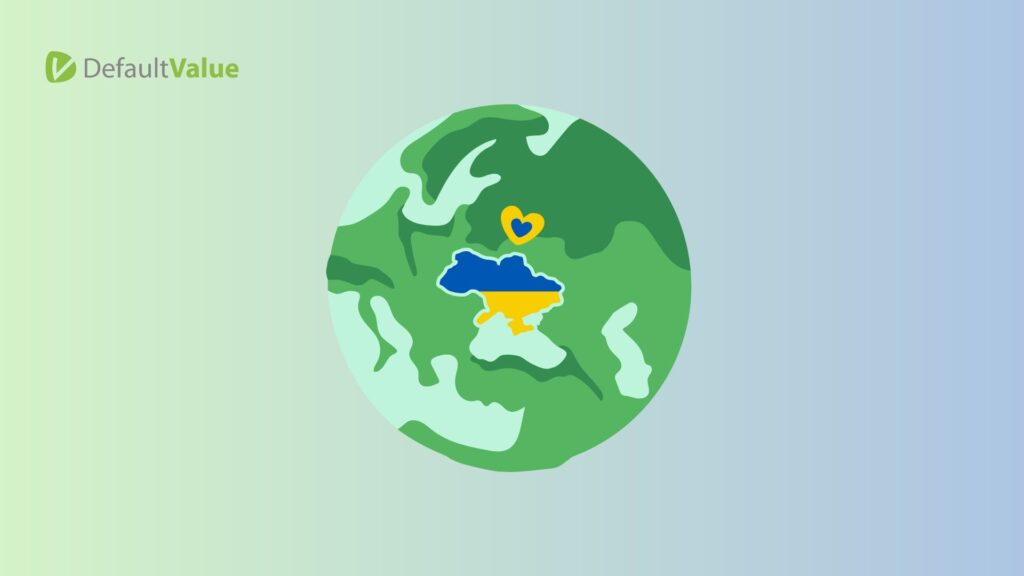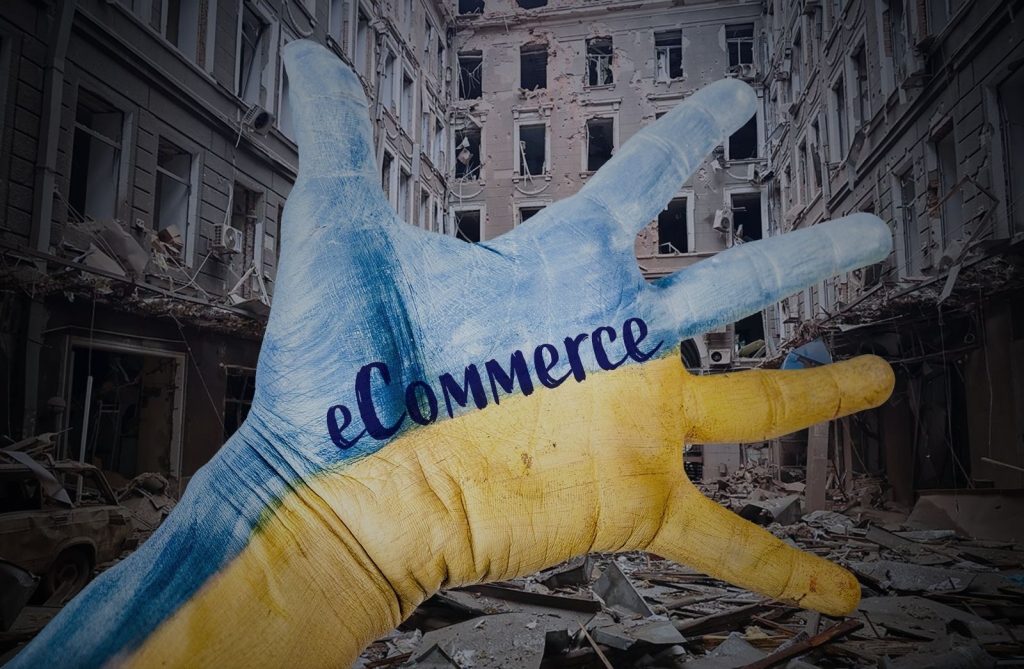How the war in Ukraine affects eCommerce
Russia’s attack on Ukraine on February 24, 2022, affected not only these countries themselves but the entire world — to one degree or another. First and foremost, the war in Ukraine affected logistics and, consequently the entire field of eCommerce.
As of March 8, more than 250 companies had stopped or temporarily suspended their activity in Russia. In addition, the new sanctions have also affected logistics. For example, Great Britain has banned Russian ships from entering its ports. The EU is going to join the same ban. In addition, 3 major shipping lines refused to use Russian ports, and Ukrainian ports, in turn, remain closed due to hostilities. Global shipping carries 80% of the world’s goods, and Russia’s attack on Ukraine has put those shipments at risk. Many ships right now are unable to deliver or pick up cargo, and more than 140 ships remain essentially trapped in Ukrainian ports — without food supplies and at risk of being hit by shelling. And it’s not just any cargo needed for specific companies or industries-these ships are carrying everyday necessities that will affect the lives of millions of people around the world.

The result of all this will be that Russia will be cut off from the rest of the world and will be able to receive goods exclusively through Asia. This will also result in higher prices worldwide, as the new reality makes delivery much more expensive and complicated. For example, a week before the war, maritime insurers put the Ukrainian and Russian parts of the Azov and Black Seas on the red list. And this is not to mention the losses incurred by companies due to the boycott of the Russian market and the temporary suspension of work in the Ukrainian one.
“Prior to the Russia-Ukraine conflict, freight costs had already risen exponentially over the past year and are getting passed on to consumers in the form of increased prices, contributing to the highest inflation in 40 years. Fuel costs are a big component of this. Given that Russia is a major exporter of crude oil, recent events stand to exacerbate the already challenging situation,” Gregg Healy, executive vice president of global real estate services firm Savills, told Modern Shipper.
But there are also some interesting trends. For example, in support of Ukraine, shoppers worldwide began to boycott Russian-made products or even those that remind them of Russia (e.g., vodka). They also started to purchase Ukrainian or simply Ukrainian-themed goods. According to Signifyd’s Ecommerce Pulse, on February 24, the day Russia invaded Ukraine, sales of Ukrainian-themed goods — T-shirts, flags, toys, and vyshyvankas — increased by 85%. The very next day, the sales jumped by 338% compared to the February 1 level. This phenomenon is explained by photos of the destruction in Ukraine and Ukrainians huddled in metro and bomb shelters. In addition, due to the impossibility of delivery, many retailers began to sell digital versions of their products, such as prints in support of Ukraine, which can be printed after purchase.
Obviously, the war in Ukraine, no matter how soon it ends (hopefully soon), will have an even more devastating effect on eCommerce and the global economy as a whole. But for now, there are positive trends, and perhaps with the support of consumers, it will be possible to soften the blow to the economy a little bit.




